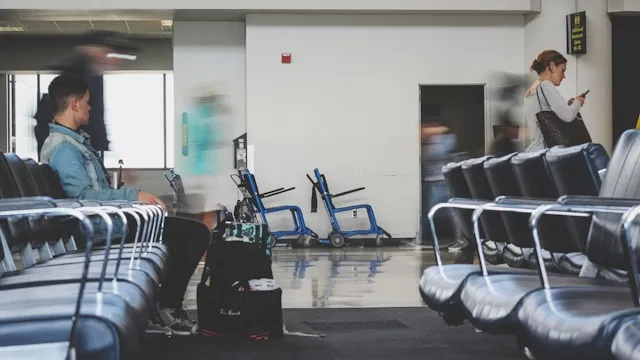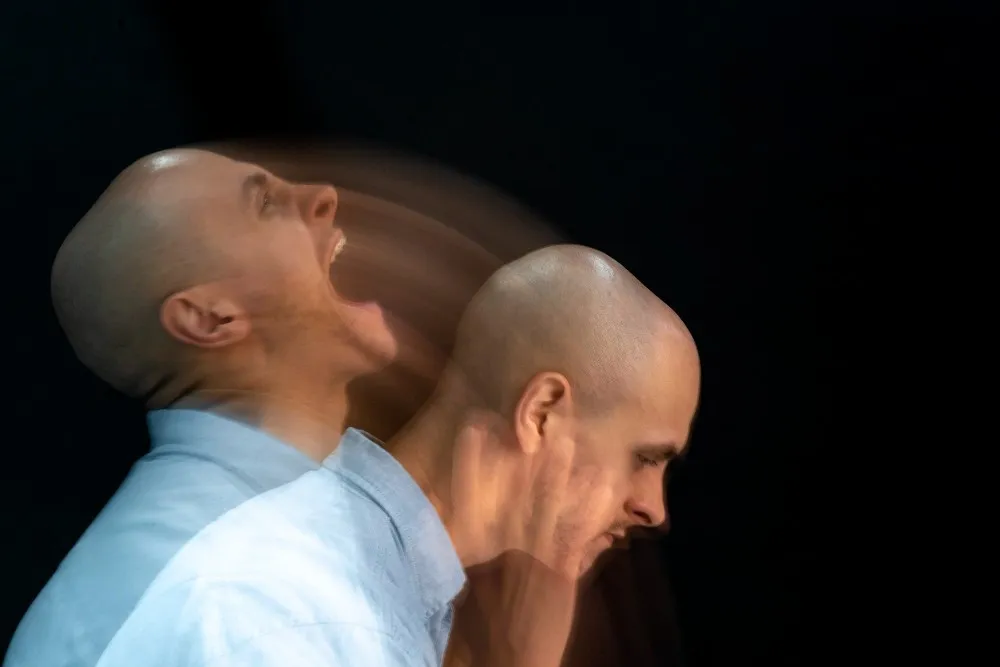Ever felt breathless in a small space? Or a wave of fear while looking down from a tall building? Many people feel uneasy in such moments. But when fear grows too strong to control and affects daily life, it may be more than just nervousness. These fears are called phobias.
Phobias are not just fears. They last long. They feel strong. They often lead people to avoid places, objects, or tasks. This post walks you through the most common phobias seen around the world, along with their signs, causes, and what can help treat them.
What Are the Most Common Phobias?
1. Social phobia
The fear of being negatively perceived, judged, or rejected by others in social situations causes social phobia or social anxiety disorder. In the US, around 12.1% of adults experience a social anxiety disorder in their lifetime, according to the National Institute of Mental Health (NIMH). A fear of certain events, places, or people can cause individuals to avoid them, making everyday functioning difficult.
Social phobics may even hide out at home and rely on their loved ones exclusively for necessities in severe cases. In certain situations, an individual may experience an increase in social anxiety.
2. Claustrophobia
The fear of being trapped in an enclosed space is called claustrophobia. A person with claustrophobia may panic if they are inside an elevator or in a small room without windows. Moreover, some people wearing too-tight clothing may trigger a panic attack.
The claustrophobic will often try to avoid situations that might trigger their anxiety. When climbing 30 floors, they'll prefer the stairs instead of the elevator. Similarly, when traveling more than a few miles, they'll walk rather than take the metro.
3. Arachnophobia
Nearly 3% to 15% of people in the USA live with arachnophobia. Typically, arachnophobia is the fear of spiders. Even if you think about spiders, it can develop intense fear and anxiety. Even though the majority of spiders are not poisonous or dangerous, scientists still do not understand the fear of spiders.
However, many of us are scared when we see one nearby. Our ancestors likely inherited this stress reaction from living with and fearing these creatures. You might be wondering why spiders scare them. Well, our ancestors may have been more prone to bites from these creatures. This is because they could have less capability to recover from bites of insects or other injuries.
4. Acrophobia
The fear of heights is called acrophobia. A person may feel reluctant to fly in planes, stay in tall buildings, or even drive over bridges. It is estimated that between 3% and 6% of the US population suffers from acrophobia. Many of us experience nervousness when we look over a balcony on the 50th floor or sit on the tallest roller coaster. However, those who suffer from an actual phobia will experience unpleasant symptoms. Those symptoms include sweating and shaking, feeling paralyzed, crying uncontrollably, and panic attacks.
5. Teraphobia
There is a widespread fear among kids called Teraphobia, or the fear of monsters. Children who suffer from this fear can suffer from insomnia if it is not treated correctly, especially if it develops at a young age. One's mental state may be affected by watching horror movies or reading stories in the same genre. As a result, you should be careful what you feed a child's mind while he or she is growing up.
6. Mysophobia
Mysophobia is a terrible fear of germs or dirt. In an environment containing germs, you may make more efforts to avoid situations where you can come in contact with germs again. You may find yourself caught up in a cycle of repetitive behaviors that adversely affect your quality of life. That repetitive behavior is similar to obsessive-compulsive disorder (OCD), a type of mental illness.
7. Astraphobia
Astraphobia, also known as brontophobia or fear of thunderstorms and lightning, is an irrational and extreme fear of thunderstorms and lightning. In the Greek language, astraphobia is derived from the words 'astrape,' which means lightning, and the word phobia, which means fear.
In other words, it is a type of phobia, which is defined as a persistent and excessive fear of some objects or situations that can interfere with one's ability to function on a day-to-day basis. If you suffer from astraphobia, you may find that you feel intense anxiety when preparing for a thunderstorm, watch the weather forecast excessively, and experience panic attacks during a thunderstorm.
8. Agoraphobia
The fear of being unable to escape is agoraphobia. It causes people to avoid places and situations that might make them feel trapped, helpless, embarrassed, or scared. During stressful situations, people with agoraphobia often experience nausea and a rapid heartbeat. Symptoms may also appear before the dreaded situation even occurs. Some people with this condition avoid doing daily activities. Those activities include going to the bank or grocery stores, and spending most of their time at home.
What Causes Phobias?
Phobias don’t just appear one day. They come from a mix of life, genes, and mind.
One cause is trauma. If you had a bad event linked to the object or place, your mind might freeze that fear. Even if years pass, your body still reacts to that fear.
Another reason is family. If your parent fears spiders, you may grow up with that fear, too. You watch, learn, and store it.
You may also get a phobia by hearing too much about one fear. Stories, news, or things seen online may trigger fears. Kids, in particular, soak up such fears fast.
Complications Linked to Phobias
Phobias may sound small to some. But for those who live with them, it can be hard to cope.
People may pull back from friends or work. They may stay alone. They may stop living a full life.
Some may use drugs or alcohol to numb the fear. Mood swings, low self-worth, and even suicidal thoughts may grow with time. Loved ones feel the stress too.
If not treated, phobias may grow with age. They may hurt jobs, school, or close ties.
Treatment Options for Phobia
Phobias can be treated. Many people who live with fear find ways to heal.
The first step is therapy.
CBT (Cognitive Behavioral Therapy) is one form. A trained guide helps you spot the fear, face it in thought, and change how your brain reacts to it.
Exposure therapy is also used. It makes you face your fear in steps. With each step, your brain learns that the fear isn’t real.
Some people use pills too.
Doctors may give:
-
Antidepressants to help mood and ease panic.
-
Beta-blockers to calm the heart.
-
Mild sedatives to slow fear and help you breathe.
Pills are not the first step. They work best with therapy. Many start with just talk and only take meds if needed.
When to See a Doctor
If your fear stops you from living life, it is time to get help.
If you:
-
Avoid going out
-
Feel stuck in your mind
-
Have thoughts of harm
-
Lose sleep often, then talk to a doctor.
There are support lines for help. In the US, call 988 or text HELLO to 741741. If it's an emergency, dial 911.
Final Thoughts
Phobias are not rare. They affect real people like you. From a fear of the dark to fear of crowds, phobias shape how people live.
But the good part is—they can be treated. You don’t have to live in fear forever. A good doctor or guide can help you walk out of it. Some do it through therapy. Others join support groups or try pills when therapy alone isn’t enough.
Talk about it. Ask for help. It’s not a sign of weakness. With time, you can step past it.
Frequently Asked Questions
What is the number 1 phobia in the US?
Glossophobia—the fear of speaking in public—is the most reported phobia in the US.
Is emetophobia a rare phobia?
Yes, emetophobia, the fear of vomiting, is rare. It affects a small part of the world, mostly women.
What is the darkest phobia?
Nyctophobia, the fear of dark, is called the darkest phobia.
What is the hardest phobia to treat?
Erythrophobia, or fear of blushing, is one of the hardest to treat.
What is the most painful phobia?
Algophobia, the fear of pain, causes both mental and physical distress.
Reviewed by







